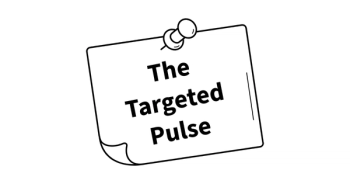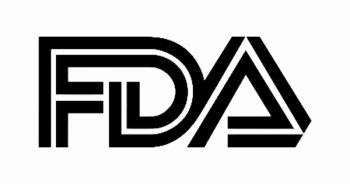
Revumenib Gains FDA Priority Review for Relapsed/Refractory Mutant NPM1 AML

Key Takeaways
- Revumenib, a Menin inhibitor, is under priority review for relapsed/refractory NPM1-mutant AML, emphasizing the need for new therapies in this aggressive leukemia subtype.
- The AUGMENT-101 trial supports the sNDA, showing a 26% complete remission rate and highlighting the therapeutic potential of Menin inhibition in mNPM1 AML.
FDA prioritizes review of revumenib for relapsed NPM1-mutant AML, highlighting a breakthrough in targeted cancer therapies.
The FDA has granted priority review to the supplemental new drug application (sNDA) of revumenib (Revuforj), an oral, first-in-class Menin inhibitor, for the treatment of relapsed or refractory (R/R) NPM1-mutant (mNPM1) acute myeloid leukemia (AML).1
This decision underscores the urgent need for novel therapeutic options in this aggressive form of leukemia, which is characterized by high rates of relapse and poor prognosis. The sNDA is being reviewed under the FDA's Real-Time Oncology Review program, a streamlined process designed to expedite the availability of promising cancer therapies. The Prescription Drug User Fee Act (PDUFA) target action date is set for October 25, 2025.
“We are pleased that the FDA has granted priority review to our sNDA in R/R [NPM1-mutant] AML, a filing [that] builds on the initial approval of Revuforj for R/R acute leukemia with a KMT2A translocation in 2024,” said Michael A. Metzger, chief executive officer of Syndax Pharmaceuticals, in a press release. “Syndax is uniquely positioned to continue leading this exciting new therapeutic class with a first- and best-in-class menin inhibitor supported by compelling pivotal data across the broadest population of patients and a strong foundation already established among clinicians, payers, and other key stakeholders.”
Revumenib received
The sNDA for revumenib in R/R mNPM1 AML is supported by positive pivotal data from the AUGMENT-101 trial (NCT04065399). Results from this study cohort were recently presented at the European Hematology Association (EHA) Annual Congress Meeting in June 2025. These data showed a complete remission plus complete remission with partial hematologic recovery (CR+CRh) rate of 26% (20/77; 95% CI, 17%-37%). The median duration of CR/CRh response was 4.7 months (95% CI, 2.1-8.2), and the median time to first CR/CRh was 2.8 months (range, 0.9-8.8). Minimal residual disease (MRD) status was assessed in 19 of 20 patients who achieved CR/CRh, 63% (12/19) of whom were MRD negative.2
This data reinforces the therapeutic potential of menin inhibition in addressing the underlying disease mechanisms in mNPM1 AML.
Patients with R/R NPM1-mutant AML currently face a significant unmet medical need, as there are no approved therapies that selectively target the specific genetic mechanisms driving this subtype. Similar to KMT2A-rearranged acute leukemia, NPM1-mutant AML is highly dependent on the menin-KMT2A interaction. Disruption of this interaction, as achieved by menin inhibitors like revumenib, has demonstrated the ability to downregulate leukemogenic genes, thereby impacting disease progression. The routine diagnosis of NPM1-mutant AML is facilitated by currently available screening techniques, enabling identification of eligible patients for targeted therapies.
Safety Profile and Ongoing Development
As a potent anticancer agent, revumenib carries important safety information, including a boxed warning regarding differentiation syndrome, which can be fatal. Clinicians should be aware of the signs and symptoms of differentiation syndrome, including fever, dyspnea, hypoxia, pulmonary infiltrates, pleural or pericardial effusions, rapid weight gain or peripheral edema, hypotension, and renal dysfunction, and be prepared to promptly initiate corticosteroid therapy and hemodynamic monitoring if suspected.'
Other significant warnings and precautions include QTc interval prolongation, requiring careful cardiac monitoring and electrolyte management, and embryo-fetal toxicity. The most common adverse reactions observed in clinical trials included hemorrhage, nausea, increased phosphate levels, musculoskeletal pain, and infection.
Beyond the current sNDA, multiple trials evaluating revumenib in combination with standard-of-care agents are ongoing or planned. These studies, including exploring revumenib in combination with azacitidine and ventoclax (Venclexta; NCT06652438)3 and midostaurin (Rydapt; NCT06313437),4 aim to explore the broader utility of revumenib across the treatment landscape for both AML, including in newly diagnosed patients.









































